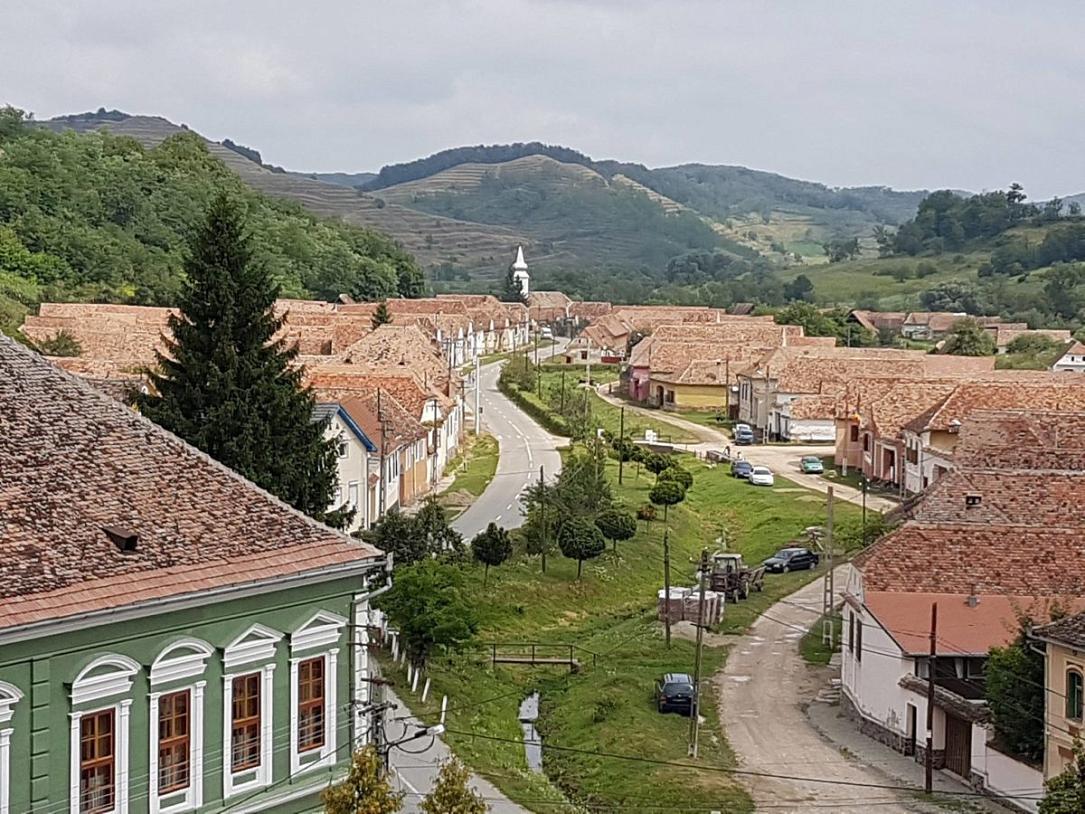National Geographic looks at how Saxons revive their traditions in Transylvania



A recent feature published in the online edition of National Geographic documents the summer visit of a family of Transylvania Saxons now living outside of the country to the village of Richiș. It also looks at how the community of Saxons is returning to Romania and reviving centuries-old traditions.
Originally from the Rhein basin in Western Germany, the Transylvanian Saxons arrived in the region beginning with the 12th century. They were mostly craftsmen and well-off peasants, the article explains, and they brought their own culture and dialect to Transylvania.
Most of them left the country after the Second World War to escape arrests and labor camps in Siberia and Ukraine as the Soviets were seeing them as collaborators. Those who remained were faced with expropriations during the communist regime, another reason many left for other countries.
The village of Richiş, in the commune of Biertan, in central Romania’s Sibiu county, has been labeled the most international in the country as residents of various nationalities live there.
The village is known as Rechesdref in the Saxon dialect, as Reichesdorf or Reichersdorf in German, and as Riomfalva in Hungarian. The first documentary mention about it dates back to 1283, and the village also hosts a 500-year old Saxon church.
Today, only two Saxons now live in Richiș year-round, and carry traditions like bee-keeping.
The full National Geographic article can be read here.
editor@romania-insider.com
(Photo source: Richis Facebook Page)